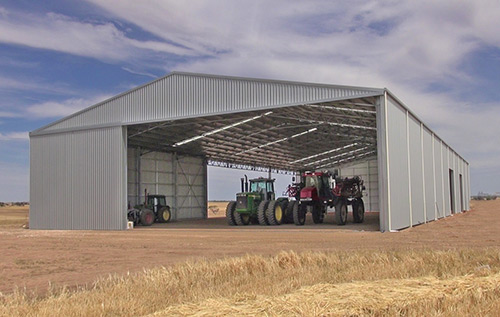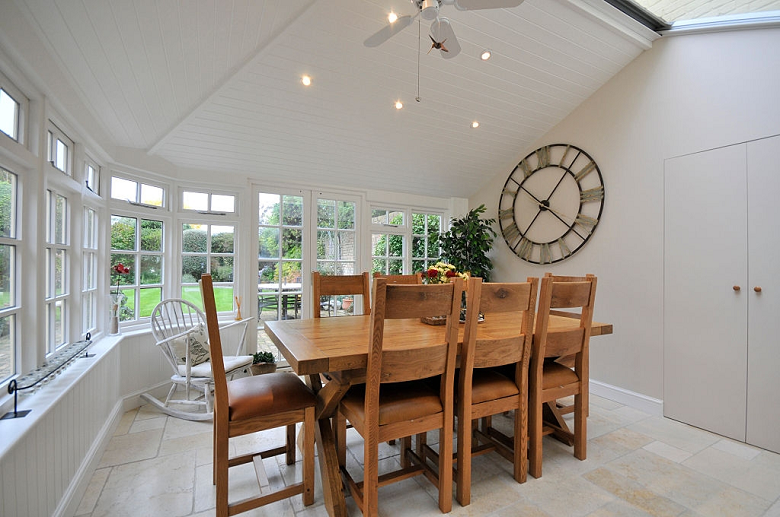
The Transformation of the Man with a Van Business Model: A Design Perspective
It’s not an uncommon sight: a van parking in your street, a man unloading furniture, home accessories, or even plants for your neighbor’s new gardens. Who knows, you yourself might have hired one for your recent house move or spring cleaning. But have you ever wondered how this ‘man with a van’ concept evolved? What sparked the need for this phenomenon, and how did it adapt to survive and thrive in an ever-dynamic business environment? This blog aims to unravel the answers to these questions, unfolding the transition of the ‘man with a van’ enterprise model from its humble roots to its present-day stature. We will delve, not just into the economics of it, but also the design implications it carries, reflecting our broader cultural shifts.
The Inception of the ‘Man with A Van’ Concept
Initially, the ‘man with a van’ was often a local hero, helping out within his immediate community. The seeds for this business model were sown when people in a neighborhood felt the need for a helping hand for their shifting, lifting, and hauling needs. The business sector responded to this, marking the beginning of the ‘man with a van’ phenomenon.
The Emergence of the Gig Economy and its Impact
The rise of the gig economy has had a significant impact on the van business. As the job market got filled with freelancers or part-time workers, the ‘man with a van’ model transformed into a platform for people to earn a substantial income on a flexible schedule. Increasingly, inherent features of the gig economy, such as smartphone-based booking systems, review mechanisms, and cashless transactions, started creating a niche within the ‘man with a van’ business model.

Technological Innovations and the ‘Man with a Van’
The advent of technology has left its mark on every business model, and ‘man with a van’ is no exception. Technological innovations have brought about a great deal of ease and efficiency into this business conduct. Today, one can book a van and its man, track the van’s progress, and make transactions, all through a few taps on the smartphone.
The Influence of Modern-Day Consumerism
The ‘man with a van’ business model would not be what it is today without modern-day consumerism. As more and more people constantly seek to update their living spaces with newer, better items, the need for a handy service to transport these goods has driven the growth and evolution of this business.
Changing Urban Landscapes and the Vitality of ‘Man with a Van’
The importance of the man with a van business model is directly proportional to how our cities and towns have sprawled. Movement of furniture, art, and other large items are becoming more common as people relocate or redecorate their spaces. And the handy ‘man with a van’ spot fits the bill perfectly.
Sustainable Design Solutions and the ‘Man with a Van’
As conversations of eco-friendliness and sustainability gain momentum, the ‘man with a van’ business model isn’t far behind. Instead of each individual embarking on transportation trips, these vans, often with efficient fuel consumption, provide a design solution that promotes sustainability.
To sum up, the ‘man with a van’ business is a unique modern-day enterprise that has adapted to various cultural, economic, technological, and ecological changes over the years. From being a localized service to becoming an important gear in the consumerist machine, it has indeed come a long way. The future will undoubtedly see this model transform further, synergizing more closely with our changing social fabrics and needs. Its design facet will continue to evolve, providing sustainable, efficient, and necessary services in our homes. So the next time you see a ‘man with a van,’ remember the rich tapestry of influences that has brought about its existence in its present form.





